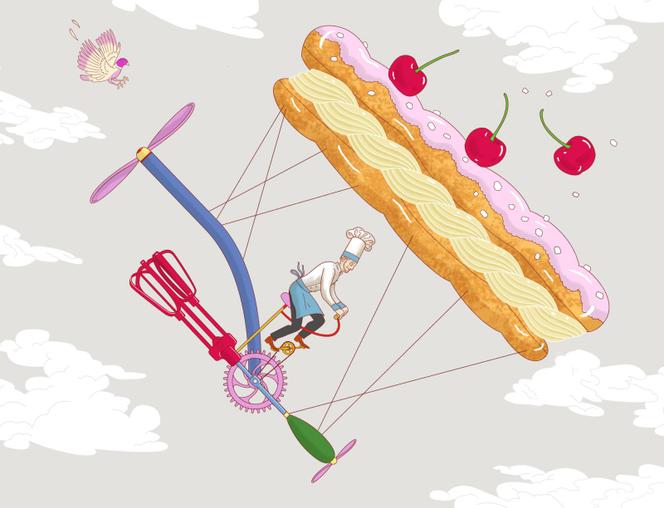


France's dominance is being challenged in many areas, but it remains unrivaled in one field: pastry. A source of national pride, French pastry embodies an unparalleled savoir-faire, drawing enormous lines outside patisseries, whether for Cédric Grolet's trompe-l'œil fruits or meringues from Aux Merveilleux de Fred. It has inspired a wealth of literature (from Nina Métayer to Ladurée) and long-running television shows: season 14 of Le Meilleur Pâtissier ("The Best Pastry Chef") has just wrapped filming.
Attracting tourists from all over the world, it also allows pastry chefs to expand internationally (Yann Couvreur in Miami, Jean-Paul Hévin in Taiwan, Maison Caffet in Japan, among others). In January, a project to have French pastry listed as UNESCO Intangible Cultural Heritage was launched by the Pâtisserie et Patrimoine ("Pastry and Heritage") association, chaired by Pierre Hermé.
The refined taste and aesthetic appeal of French pastry justifies its global reputation, but little thought is given to its nutritional value. In this discipline where sugar, butter, cream, flour and chocolate remain essential ingredients, is it not synonymous with junk food? Rich in fat and sugars, low in fiber, high in calories and with limited nutritional value, it certainly fits the definition. It is also worth noting that while French cuisine slimmed down in the 1970s, this movement never extended to dessert.
You have 79.67% of this article left to read. The rest is for subscribers only.
